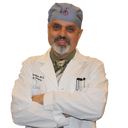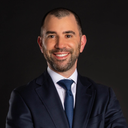And my personal opinion, your diet after fat transfer has absolutely 0% impact on your final outcome.


